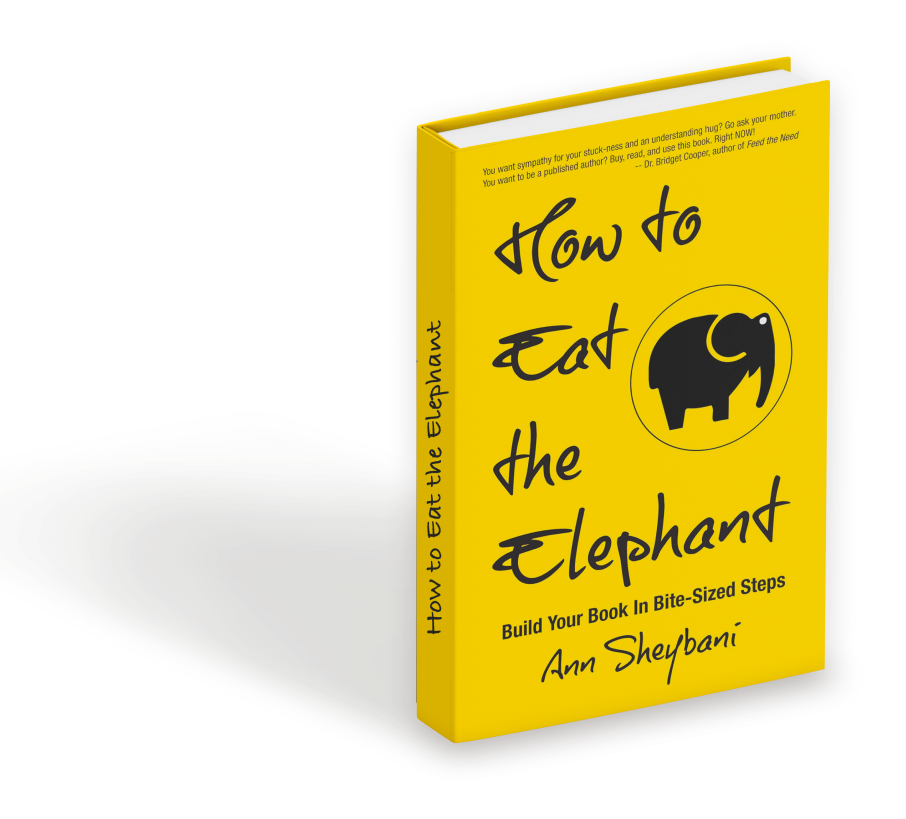Here’s what I love about James Clear’s Atomic Habits success story: it completely destroys the romantic myth that great books just “find their audience.” You know, that fairy tale where you write something brilliant in your mountainside cabin, send it to a publisher, and—poof—bestseller magic happens.
Nope. Clear spent 15 months planning his launch strategy. Fifteen. Months. Before his book even hit shelves, he had already reverse-engineered what makes bestsellers work and built a systematic approach to create one himself. I mean, he makes MacGyver look like an amateur.
(And before you start getting all precious about “authenticity” and “organic growth,” stick with me here. This isn’t about manipulation—it’s about being strategic enough to ensure your message actually reaches the people who need it.)
The Platform-Building Mindset in Action
You’ve heard me preach this before: successful authors don’t write their books in isolation and pray someone notices. They build their audience while writing, using their book content to fuel platform development.
Clear is the poster child for this approach. Long before he had a book deal, he was testing his habit ideas through weekly emails to hundreds of thousands of subscribers. This wasn’t just audience building—it was content R&D. Each newsletter refined his concepts, revealed what made readers forward the email to their friends, and helped him identify his strongest material.
By the time publishers came knocking, Clear had already validated his core ideas through real audience feedback. His email list of 400,000+ subscribers didn’t just provide a built-in marketing channel; it gave him the credibility publishers needed to say yes. (Because let’s be honest—nobody was beating down the door for a book by “some blogger who writes about habits.”)
How to Be Strategic Without Selling Your Soul
Here’s where Clear gets deliciously systematic. Instead of hoping his book would somehow find its audience (spoiler alert: hope is not a strategy), he studied what made other books successful.
He analyzed hundreds of bestselling titles, looking for patterns in everything from structure to chapter length to—wait for it—table of contents organization. Because apparently, successful books don’t just magically arrange themselves.
His research revealed that bestsellers typically organize content in clear thirds, keep chapters between 2,000-3,000 words (about 10 pages), and follow proven title formats. The most common pattern? “The [Descriptor] of [Topic]”—think The Power of Habit or The Psychology of Money.
For his own title, Clear chose “Atomic Habits,” layering in multiple meanings: atomic as small (easy habits), atomic as fundamental units (systems thinking), and atomic as powerful (remarkable results). This wasn’t a lightning bolt of creative inspiration—it was strategic positioning that made the book memorable and, crucially, searchable.
(Side note: If he’d gone with “Good Habits,” he’d be competing with the entire internet for search results. Smart man.)
How to Make It Seem Like You’re Everywhere
Clear’s launch strategy centered on one core principle that most authors completely ignore: creating concentrated impact rather than scattered effort. Instead of spreading promotional activities over months like peanut butter on toast, he compressed maximum energy into a tight window.
His approach included 75 podcast interviews (you see how I bolded that?!) recorded before launch week, all releasing within the same timeframe. But here’s the kicker—Clear didn’t just pitch random shows. He researched each host’s previous guests and topics, crafting personalized pitches that demonstrated clear value alignment. (You know, like doing your homework before asking for favors. Revolutionary concept.)
Then there was his strategic community targeting (more bolding) that went way beyond typical book marketing. Instead of only focusing on people with large audiences, Clear identified communities that naturally generate word-of-mouth: CrossFitters, vegans, bullet journalers, parenting bloggers. These groups love talking about their interests, making them perfect amplifiers.
The CrossFit community proved his most successful target, partly because fitness influencers rarely receive books among their usual supplement and gear packages. When 20 top CrossFitters posted about Atomic Habits within the same two-week span, it created what Clear calls “surround sound”—the feeling that everyone in that community was reading the same book simultaneously.
(Brilliant, right? If you’re into CrossFit and suddenly everyone you follow is posting about the same book, you’re going to think, “Damn, I better read this thing.”)
Why Platform Matters More Than You Think
When Tim Ferriss asked Clear what single channel he’d choose for book marketing, Clear answered immediately: email. Not Instagram, not TikTok, not whatever shiny new platform the kids are using. Email.
His subscriber base didn’t just provide launch-day sales; it gave him direct access to his ideal readers without algorithm interference or platform dependency. Clear’s email list was so valuable that he wouldn’t trade it for even 50 million Instagram followers.
Why? Because email offers complete control, infinite flexibility, and direct reader relationships that social media platforms can’t match. (Plus, Instagram can’t randomly decide your content violates some mysterious community standard and kill your reach. Just saying.)
What This Means for You (The Part Where I Get Practical)
Clear’s success stems from understanding a fundamental truth that most authors miss: exceptional books require exceptional preparation. His approach offers several key principles that you can actually use:
Start building your platform while writing. Use your content development time to test ideas and grow your audience simultaneously. (This is why I keep harping on this—it works.)
Study successful models systematically. Don’t just admire bestsellers from afar—deconstruct them to understand their structural DNA. This has always been my favorite method of building good books.
Choose concentrated impact over scattered effort. Better to excel in fewer channels than to be mediocre across many. (I see you, trying to be on every social media platform known to humanity. (I see you there on, Snapchat…Oh wait, you’re gone. Where’d your post go?)
Be surgical in your targeting. Research your ideal readers and meet them where they already gather and talk. (My people hang out in bookstores, libraries, and overpriced coffee shops.)
Prioritize owned media. Email lists and websites provide stability that social media platforms cannot guarantee. Consider that Basic Internet Marketing 101.
The Bottom Line
The most important lesson? As Clear emphasizes, being thoughtful at every stage—from content creation to community building to launch execution—dramatically improves your odds of success. Atomic Habits succeeded because it was designed to succeed, not because it got lucky.
In today’s publishing landscape, hoping to find an audience after publication is like hoping your dishwasher will fix itself. (Trust me, I’ve tried. It doesn’t work.) Build while you write, design for impact, and execute with surgical precision.
That’s how you create a book that doesn’t just get published—it gets read, shared, and remembered. And isn’t that what we’re all here for?
Now, if you’ll excuse me, I need to go analyze the table of contents structure of every book on my shelf. You know, for research purposes. (Don’t judge me.)
BTW, if you’d like to hear Clear describe his process in greater detail, check out the interview he did here with Tim Ferriss. He gets into deconstructing the writing and marketing of Atomic Habits at 1:17:29.

